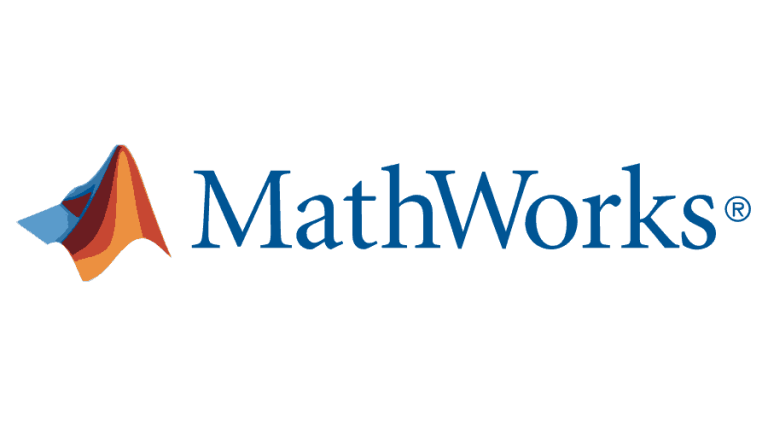Engineers’ decisions are becoming more complex. Thankfully, the modelling tools they can use to make good decisions have never been more accessible.
Engineers have always faced complex decisions, but new technology, industrial electrification, automation, and regulatory change are making them more complex than ever.
Over the next decade, many industrial businesses will be making incredibly far-reaching decisions around their plant and operations as they move towards decarbonisation.
Making good decisions in this arena requires synthesising a vast amount of data from disparate, dynamic sources, balancing everything from productivity and operating costs to regulatory requirements and emissions.
The role of models
“Models are central to any engineer’s decision-making even if they are not always considered in those terms,” said MathWorks Principal Technical Consultant Sam Oliver. “Decisions must be underpinned by a traceable description of your systems rather than back-of-the-envelope calculations, sprawling Excel spreadsheets or bespoke digital models.
“Models are indispensable when it comes to forecasting the impact of different decisions, but good models do much more than that. They quickly help you deeply understand your current operations better too.”
Traditionally, many engineers have relied upon models built in Excel spreadsheets that developed organically over the years for their complex decision-making.
“Often there is one person who has built it and added more and more complexity over time, and then they are about to retire or move to a competitor, and no one else understands how it is built or how it operates,” Oliver said.
Alternatively, other firms have contracted third parties to build them bespoke models. “Unfortunately, these often end up being a black box built by an outsider and no one in the company understands how the model operates or how it can be modified. That can be a real problem because if you’ve got intellectual property in there.”
Owning the process
To avoid these vulnerabilities, engineers can take modelling in-house.
MathWorks Principal Technical Consultant Branko Dijkstra said models need to provide a flexible environment to answer business questions, across different timescales and levels of detail to empower rapid innovation and progress.
“That’s the power of tools like MATLAB and Simulink. MathWorks can help engineers build sophisticated models in-house while ensuring knowledge transfer so that they can keep refining and updating their models as business needs change,” he said.
“There’s no use in creating a powerful tool if it just sits there gathering dust because people haven’t bought into it and aren’t invested in maximising its value.”
Dijkstra said while some sectors, like aerospace or automotive manufacturing, have long adopted in-house modelling, software such as Simulink Process Industry Tooling is now making it much more accessible for a broader range of industries, such as mining, oil and gas, utility, and chemical manufacturing.
Mining the data
MathWorks Mining and Energy Industry Manager Wilco Volwerk gives the example of a mining operation, under increasing pressure to electrify operations.
“Modelling the operational and economic impacts of such a change is crucial to making good decisions,” he said.
MathWorks software allows users to create and refine different components of their models, each with data that can answer questions at different levels of detail.
“For instance, replacing diesel haul trucks with battery-electric is a key step, but it’s a large capital expenditure, and the timing of the transition will have a major impact on the business bottom line,” Volwerk said.
“Mine operators can model the operational differences between diesel and electric haul trucks using our software,” Volwerk continued. “Electric trucks will require more frequent stops for recharging, but also need less maintenance, and they’ll be able to haul loads up the ramp faster.
“With the right model, the operators can understand what productivity increases are available, zooming out to a top-level view to also understand total carbon dioxide emissions and the impact that a carbon price might have.”
Making it happen
Oliver said the single most important factor in building a good model was starting with the right question.
“People might have seen a modelling or digital twin course that required months of full-time studying and parked the idea. But the reality is you don’t have to spend months doing courses or learning new skills – you might not need a full digital twin, for instance,” he said.
“What you need is a clear idea of what business question you are trying to answer. The right model can start delivering real value quickly.”
Learn more about enhancing efficiency in process industries with a series of free webinars.

